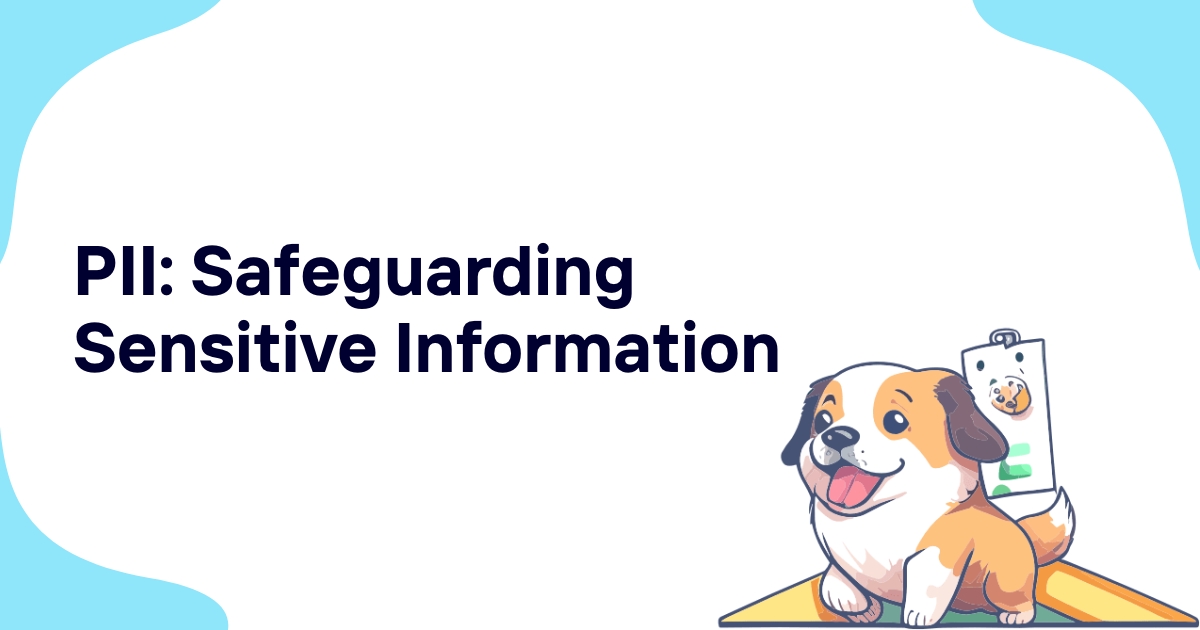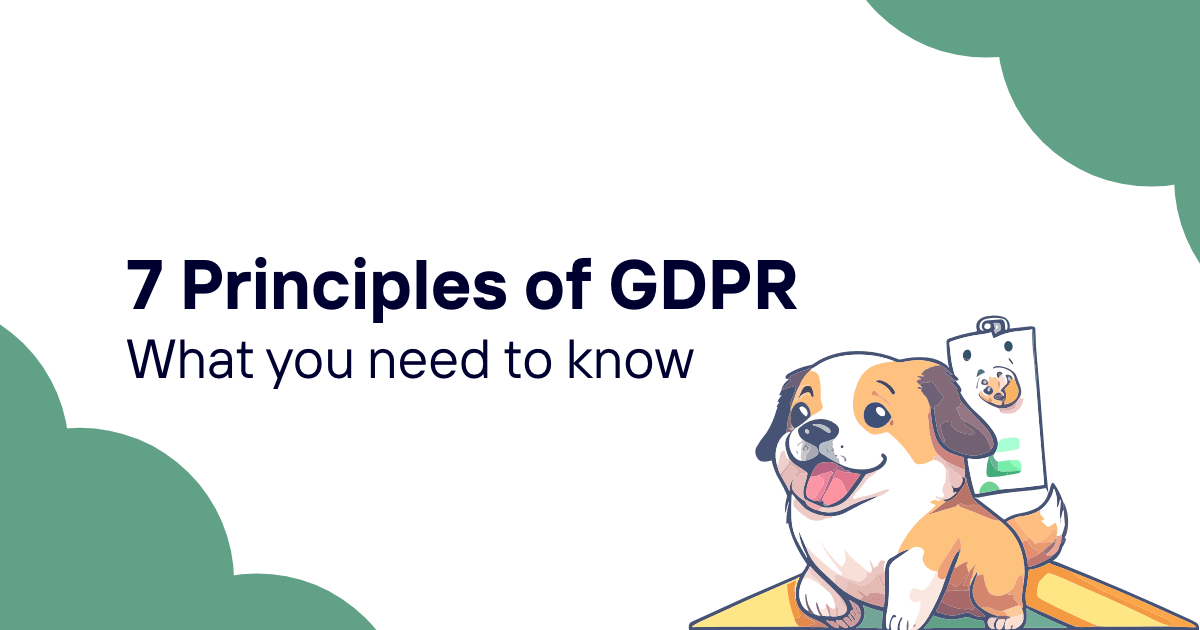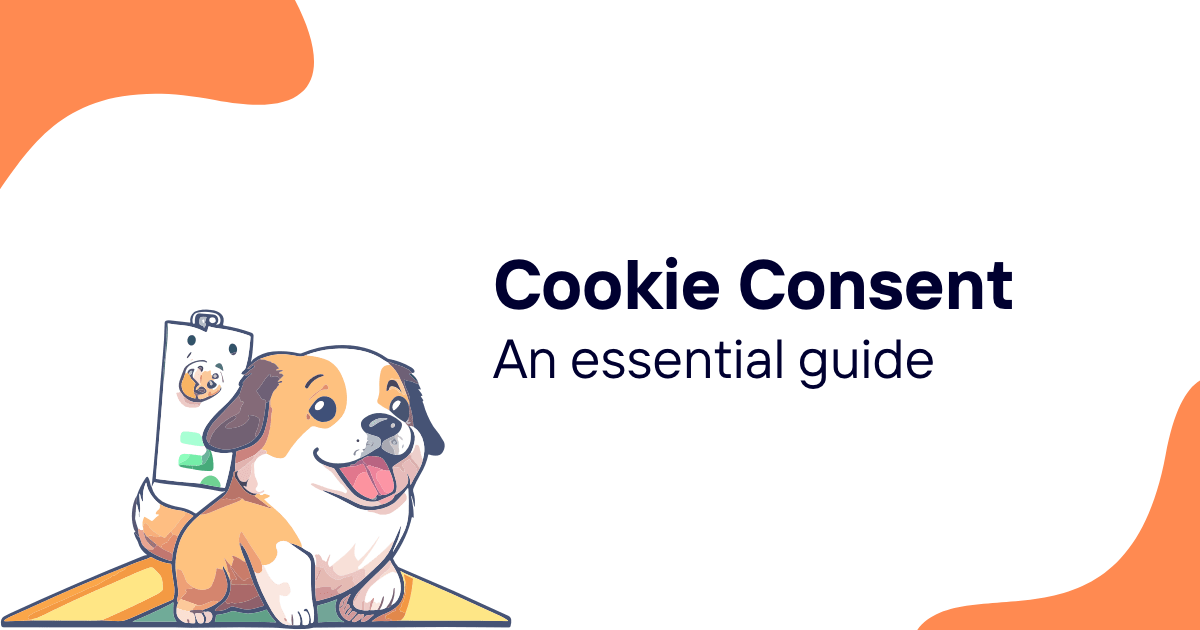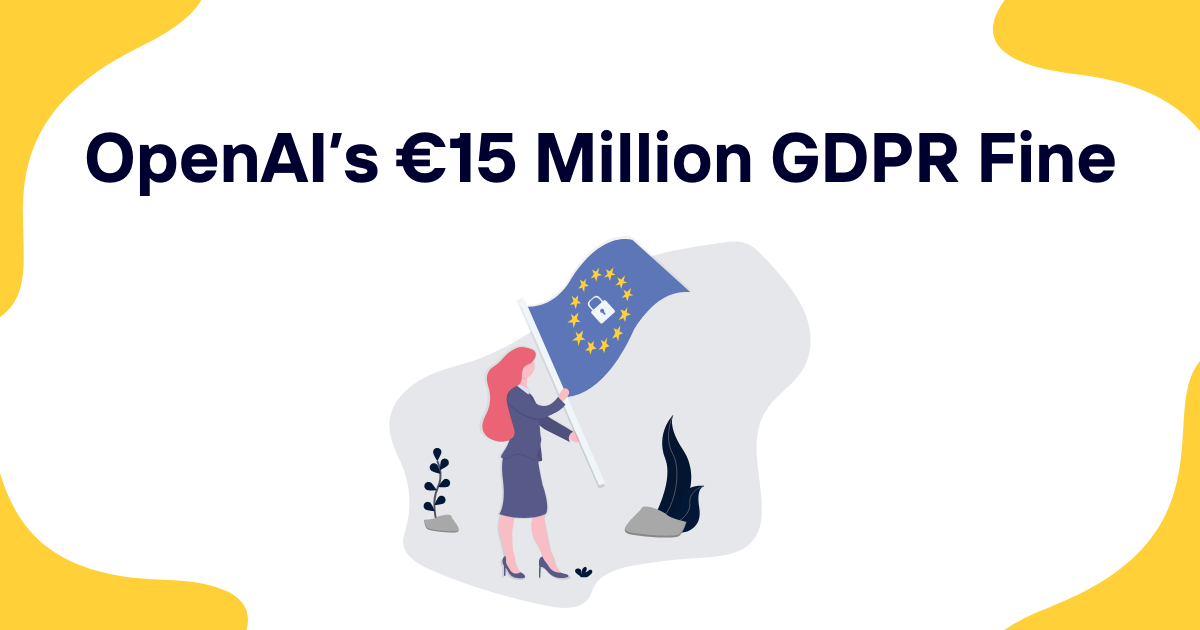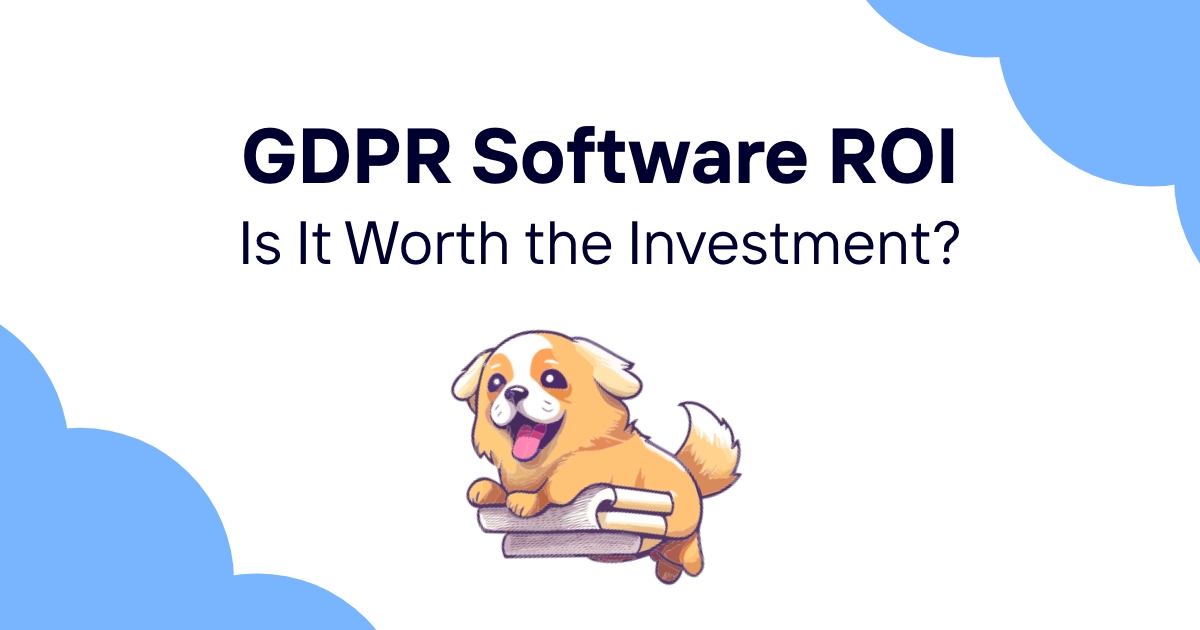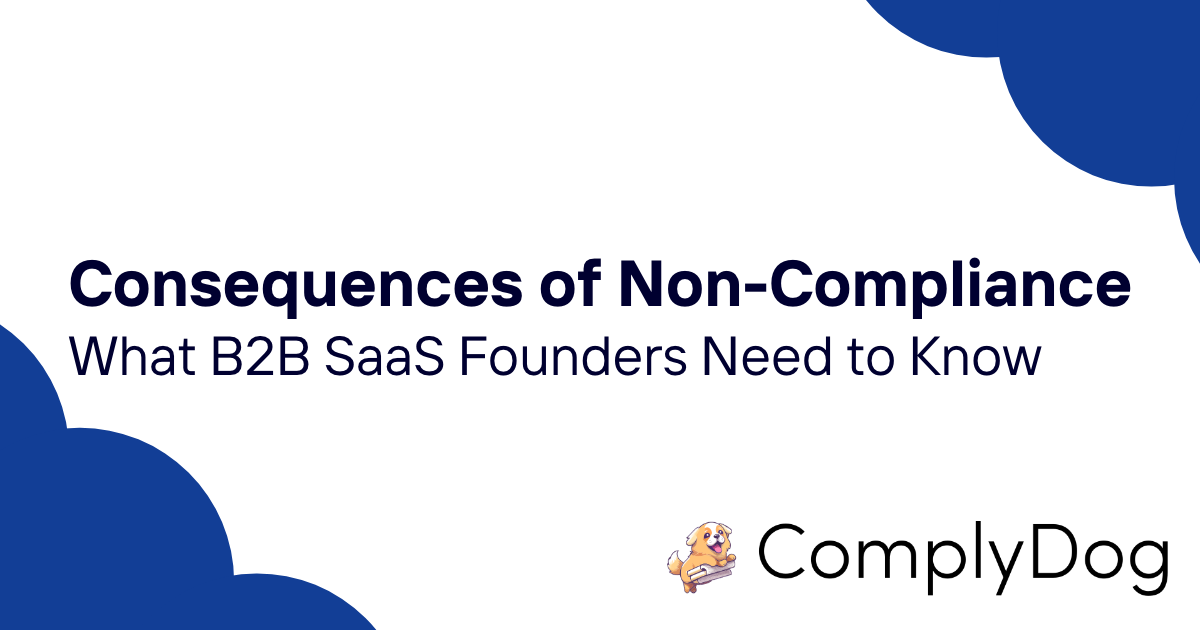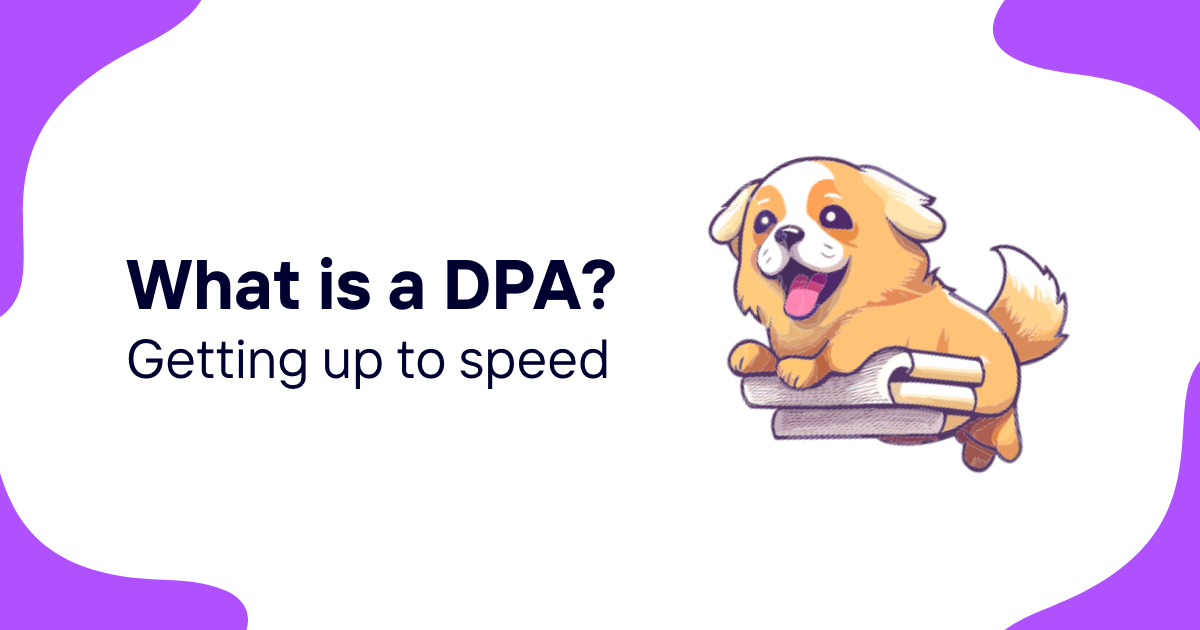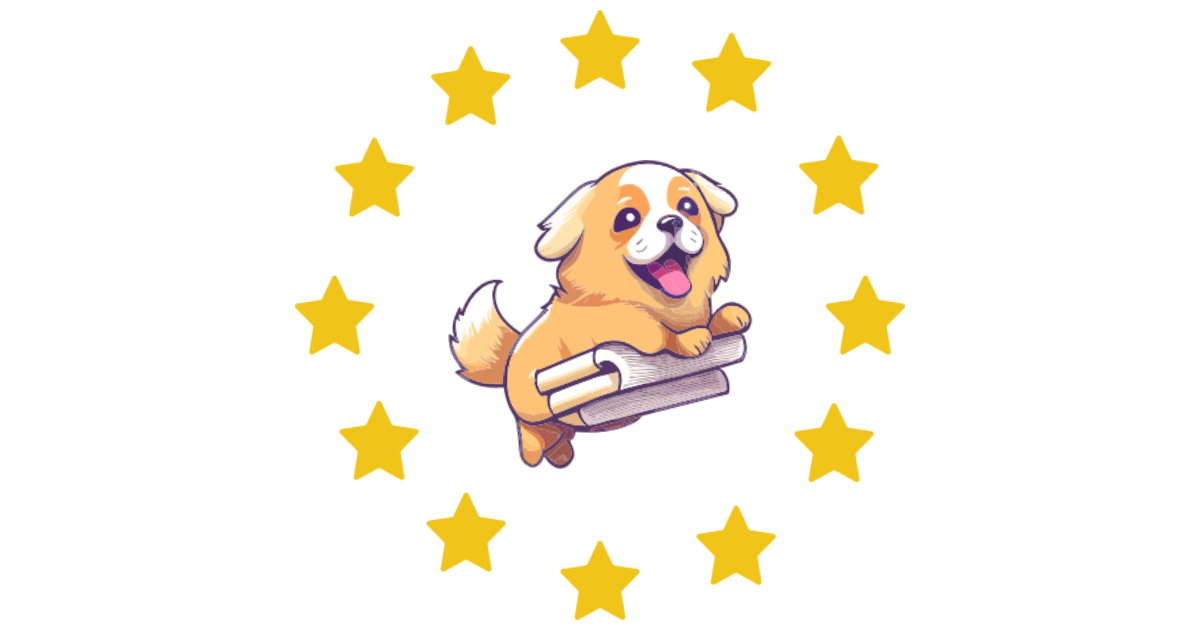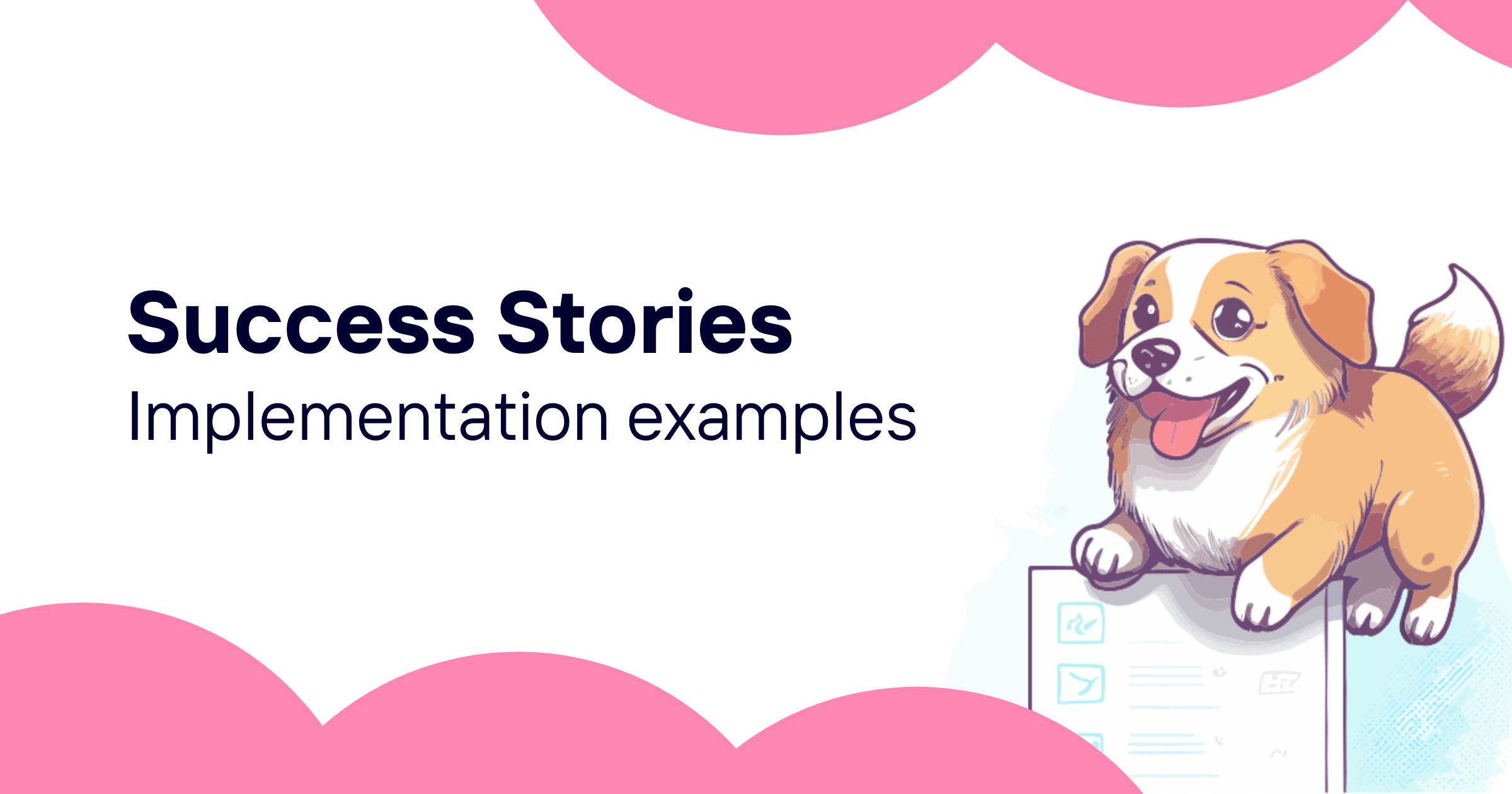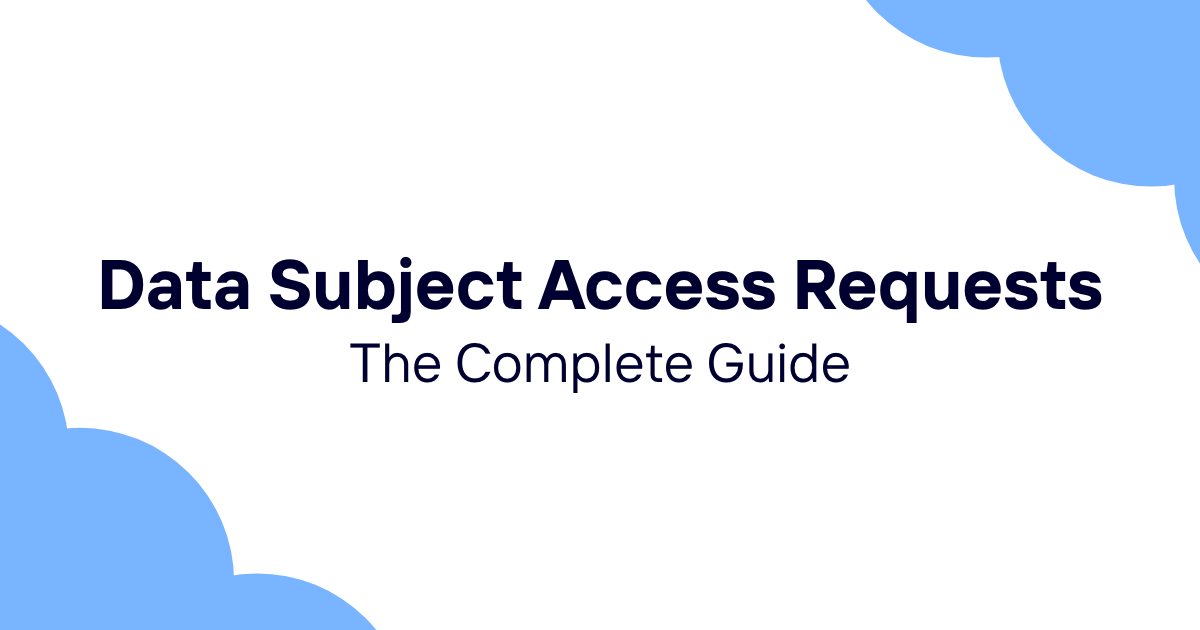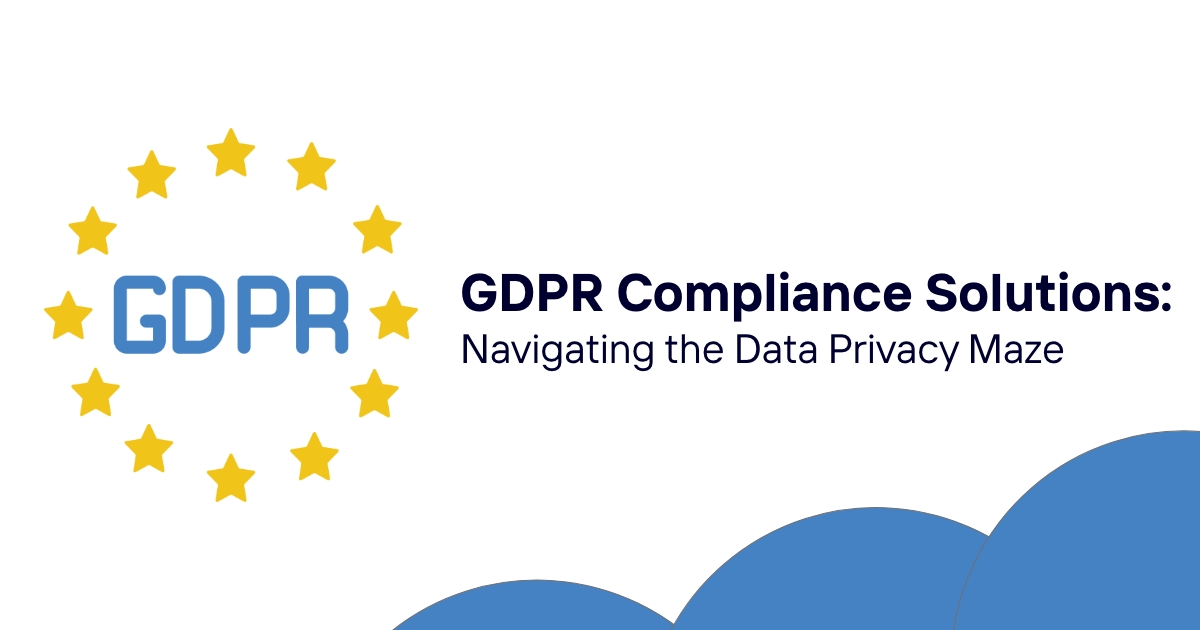Table of Contents
- Introduction
- What is Personally Identifiable Information (PII)?
- Types of PII
- The Importance of PII Protection
- Legal and Regulatory Framework
- PII in Different Contexts
- Common Threats to PII
- Best Practices for PII Protection
- The Role of Technology in PII Protection
- PII and Data Privacy: A Global Perspective
- The Future of PII Protection
- Conclusion
Introduction
In our increasingly connected world, personal information has become a valuable commodity. From online shopping to social media interactions, we leave digital footprints everywhere we go. This treasure trove of data, known as Personally Identifiable Information (PII), is the lifeblood of many businesses but also a prime target for cybercriminals.
But what exactly is PII? Why is it so important to protect? And how can individuals and organizations safeguard this sensitive information? This article dives deep into the world of PII, exploring its meaning, significance, and the best practices for keeping it secure.
What is Personally Identifiable Information (PII)?
Personally Identifiable Information, or PII, refers to any data that can be used to identify a specific individual. It's the breadcrumbs of our digital lives, scattered across various platforms and databases. But PII isn't just about names and addresses. It encompasses a wide range of information that, when pieced together, can paint a detailed picture of who we are.
The U.S. Department of Labor defines PII as:
Information that can be used to distinguish or trace an individual's identity, either alone or when combined with other information that is linked or linkable to a specific individual.
This definition highlights a crucial aspect of PII: it's not just about single pieces of information, but how different data points can be combined to identify someone.
Types of PII
PII can be broadly categorized into two types: sensitive and non-sensitive.
Sensitive PII
Sensitive PII includes information that, if disclosed, could result in harm to the individual. This type of data often requires stronger protection measures. Examples include:
- Full name
- Social Security number
- Driver's license number
- Financial account numbers
- Passport information
- Biometric data (fingerprints, retinal scans)
- Medical records
- Date of birth when combined with other identifiers
Non-sensitive PII
Non-sensitive PII is information that is publicly available or not as damaging if disclosed. However, it's important to note that non-sensitive PII can become sensitive when combined with other information. Examples include:
- First or last name (if common)
- Country, state, or city of residence
- Gender
- Race
- Religion
- Education information
- Employment information
- IP address
It's worth noting that the line between sensitive and non-sensitive PII can sometimes blur. What might seem innocuous on its own can become sensitive when combined with other data points.
The Importance of PII Protection
Protecting PII isn't just about following rules or avoiding fines. It's about safeguarding individuals' privacy, maintaining trust, and preventing potentially devastating consequences of data breaches.
Here's why PII protection matters:
-
Identity Theft Prevention: When PII falls into the wrong hands, it can be used to impersonate individuals, opening credit accounts, making purchases, or even committing crimes in their name.
-
Financial Security: Financial information like credit card numbers or bank account details can be used for fraudulent transactions, potentially draining victims' accounts.
-
Reputation Management: Leaked personal information can damage reputations, affecting personal relationships and professional opportunities.
-
Privacy Preservation: In an age of data mining and targeted advertising, protecting PII helps individuals maintain control over their personal information and how it's used.
-
Legal Compliance: Many jurisdictions have strict laws governing the collection, storage, and use of PII. Failing to protect this data can result in hefty fines and legal consequences.
-
Trust Building: Organizations that prioritize PII protection demonstrate respect for their customers' privacy, building trust and loyalty.
Legal and Regulatory Framework
The importance of PII protection is reflected in the numerous laws and regulations that govern its handling. While the specifics vary by jurisdiction, some key frameworks include:
-
General Data Protection Regulation (GDPR): This comprehensive EU law sets strict rules for data protection and privacy, affecting any organization that handles EU citizens' data.
-
California Consumer Privacy Act (CCPA): Similar to GDPR, this law gives California residents more control over their personal information.
-
Health Insurance Portability and Accountability Act (HIPAA): This U.S. law sets standards for protecting sensitive patient health information.
-
Personal Information Protection and Electronic Documents Act (PIPEDA): Canada's federal privacy law for private-sector organizations.
-
Australian Privacy Act: Regulates the handling of personal information by Australian government agencies and organizations.
These laws often require organizations to:
- Obtain consent before collecting PII
- Implement appropriate security measures
- Allow individuals to access and correct their PII
- Report data breaches
- Limit data retention and use
Non-compliance can result in significant penalties. For example, under GDPR, organizations can face fines of up to €20 million or 4% of global annual turnover, whichever is higher.
PII in Different Contexts
The concept of PII can vary depending on the context and jurisdiction. Let's explore how PII is viewed in different parts of the world:
United States
In the U.S., the definition of PII is relatively broad. The National Institute of Standards and Technology (NIST) defines it as:
Any information about an individual maintained by an agency, including (1) any information that can be used to distinguish or trace an individual's identity, such as name, social security number, date and place of birth, mother's maiden name, or biometric records; and (2) any other information that is linked or linkable to an individual, such as medical, educational, financial, and employment information.
European Union
The EU's GDPR takes a broader approach, using the term "personal data" instead of PII. This includes any information relating to an identified or identifiable natural person. The GDPR specifically mentions online identifiers and location data as examples of personal data.
Canada
PIPEDA defines personal information as "information about an identifiable individual." This broad definition can include everything from an individual's name and address to their opinions, evaluations, and credit records.
Australia
The Australian Privacy Act defines personal information as:
Information or an opinion about an identified individual, or an individual who is reasonably identifiable: whether the information or opinion is true or not; and whether the information or opinion is recorded in a material form or not.
These varying definitions highlight the complexity of managing PII in a global context. Organizations operating across borders must be aware of and comply with different regional interpretations of PII.
Common Threats to PII
Understanding the threats to PII is crucial for developing effective protection strategies. Some common risks include:
-
Data Breaches: Unauthorized access to data storage systems, often through hacking or insider threats.
-
Phishing Attacks: Deceptive attempts to trick individuals into revealing sensitive information.
-
Social Engineering: Manipulating people into divulging confidential information.
-
Malware: Malicious software designed to infiltrate systems and steal data.
-
Unsecured Networks: Using public Wi-Fi or other unsecured networks can expose PII to interception.
-
Physical Theft: Stealing devices containing PII, such as laptops or smartphones.
-
Insider Threats: Employees or contractors misusing their access to PII.
-
Poor Data Disposal: Improper destruction of physical or digital records containing PII.
-
Third-Party Vulnerabilities: Weaknesses in the security systems of vendors or partners who have access to PII.
-
Unencrypted Data Transmission: Sending PII over unsecured channels.
Best Practices for PII Protection
Protecting PII requires a multi-faceted approach involving technical measures, policies, and employee training. Here are some best practices:
-
Data Minimization: Collect and retain only the PII necessary for business operations. The less data you have, the less there is to protect.
-
Access Control: Implement strict access controls, ensuring only authorized personnel can access PII. Use the principle of least privilege, granting access only to those who need it for their job functions.
-
Encryption: Use strong encryption for PII both in transit and at rest. This adds an extra layer of protection even if data is intercepted or stolen.
-
Employee Training: Regularly educate employees about PII protection, including how to identify and report potential security threats.
-
Incident Response Plan: Develop and regularly test a comprehensive plan for responding to data breaches or other security incidents.
-
Regular Audits: Conduct periodic audits of your data collection, storage, and usage practices to ensure compliance with regulations and best practices.
-
Secure Disposal: Implement procedures for securely destroying PII when it's no longer needed, including proper disposal of physical documents and secure deletion of digital files.
-
Third-Party Risk Management: Carefully vet vendors and partners who will have access to PII, and ensure they adhere to strict security standards.
-
Privacy by Design: Incorporate privacy considerations into every stage of product or service development, not as an afterthought.
-
Data Mapping: Maintain a clear understanding of what PII you collect, where it's stored, how it's used, and who has access to it.
The Role of Technology in PII Protection
Technology plays a crucial role in safeguarding PII. Some key technological solutions include:
-
Data Loss Prevention (DLP) Software: These tools help prevent unauthorized sharing or leakage of sensitive data.
-
Identity and Access Management (IAM) Systems: IAM solutions manage user identities and control access to resources.
-
Encryption Tools: Advanced encryption algorithms protect data from unauthorized access.
-
Secure File Sharing Platforms: These platforms allow for the safe transfer of files containing PII.
-
Virtual Private Networks (VPNs): VPNs create secure, encrypted connections, protecting data in transit.
-
Multi-Factor Authentication (MFA): MFA adds an extra layer of security beyond just passwords.
-
Endpoint Protection: This software protects devices that access company networks.
-
Data Discovery Tools: These help organizations locate and classify PII across their systems.
-
Anonymization and Pseudonymization Tools: These technologies can help protect privacy while still allowing data analysis.
-
Blockchain: While still emerging, blockchain technology offers potential for secure, decentralized data storage.
PII and Data Privacy: A Global Perspective
As data becomes increasingly global, so do the challenges of protecting PII. Different countries and regions have varying approaches to data privacy, creating a complex landscape for multinational organizations.
Here's a brief overview of some key global data privacy regulations:
| Region | Key Regulation | Main Features |
|---|---|---|
| European Union | GDPR | Strict consent requirements, right to be forgotten, hefty fines for non-compliance |
| United States | Various state laws (e.g., CCPA) | No comprehensive federal law, sector-specific regulations |
| Canada | PIPEDA | Consent-based approach, accountability principle |
| Australia | Privacy Act 1988 | Australian Privacy Principles, mandatory data breach notification |
| China | Personal Information Protection Law | Strict data localization requirements, limitations on data transfer |
| Brazil | LGPD | Similar to GDPR, applies to any company processing data of Brazilian citizens |
This diversity in regulations presents challenges for global businesses. Organizations must navigate these different requirements, often implementing the strictest standards across their operations to ensure compliance.
The Future of PII Protection
As technology evolves, so do the challenges and solutions for PII protection. Here are some trends shaping the future of data privacy:
-
Artificial Intelligence and Machine Learning: These technologies are being used to detect and prevent data breaches more effectively. However, they also present new privacy challenges, particularly in terms of data collection and analysis.
-
Internet of Things (IoT): The proliferation of connected devices is creating new vectors for data collection and potential breaches. Securing these devices and the data they collect will be crucial.
-
Biometric Data: As biometric authentication becomes more common, protecting this highly sensitive PII will be increasingly important.
-
Data Sovereignty: More countries are implementing laws requiring data to be stored within their borders, complicating global data management.
-
Privacy-Enhancing Technologies: Techniques like homomorphic encryption, which allows computation on encrypted data, may offer new ways to use data while protecting privacy.
-
Decentralized Identity: Blockchain and other technologies may enable individuals to have more control over their personal data.
-
Quantum Computing: While still in its early stages, quantum computing could revolutionize encryption and data security.
-
Regulatory Evolution: As technology advances, regulations will likely continue to evolve, potentially becoming more stringent and globally harmonized.
Conclusion
In our data-driven world, understanding and protecting Personally Identifiable Information is more critical than ever. From individuals safeguarding their digital identities to organizations managing vast databases of customer information, PII protection is a shared responsibility.
As we've explored, PII encompasses a wide range of data points that can identify an individual. Protecting this information involves a combination of technological solutions, robust policies, employee training, and compliance with evolving regulations.
The landscape of PII protection is complex and ever-changing, requiring constant vigilance and adaptation. However, by prioritizing data privacy and implementing best practices, individuals and organizations can navigate this landscape successfully, building trust and safeguarding sensitive information.
For businesses grappling with the complexities of PII protection and GDPR compliance, tools like ComplyDog can be invaluable. ComplyDog offers an all-in-one GDPR compliance solution tailored for software businesses, helping them navigate the intricacies of data protection regulations. By automating many aspects of compliance, such as data mapping, risk assessments, and policy management, ComplyDog enables organizations to protect PII effectively while focusing on their core business activities.
As we move forward in the digital age, the importance of PII protection will only grow. By staying informed, implementing strong security measures, and leveraging appropriate tools, we can all play a part in creating a safer, more privacy-conscious digital world.
